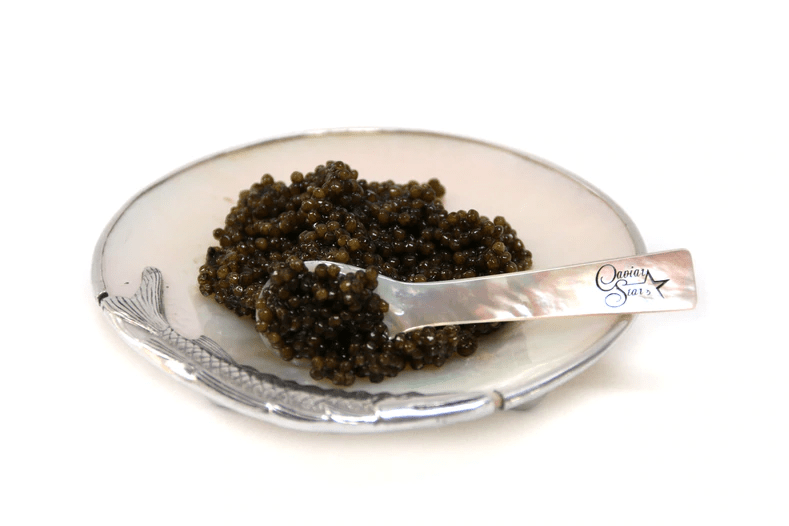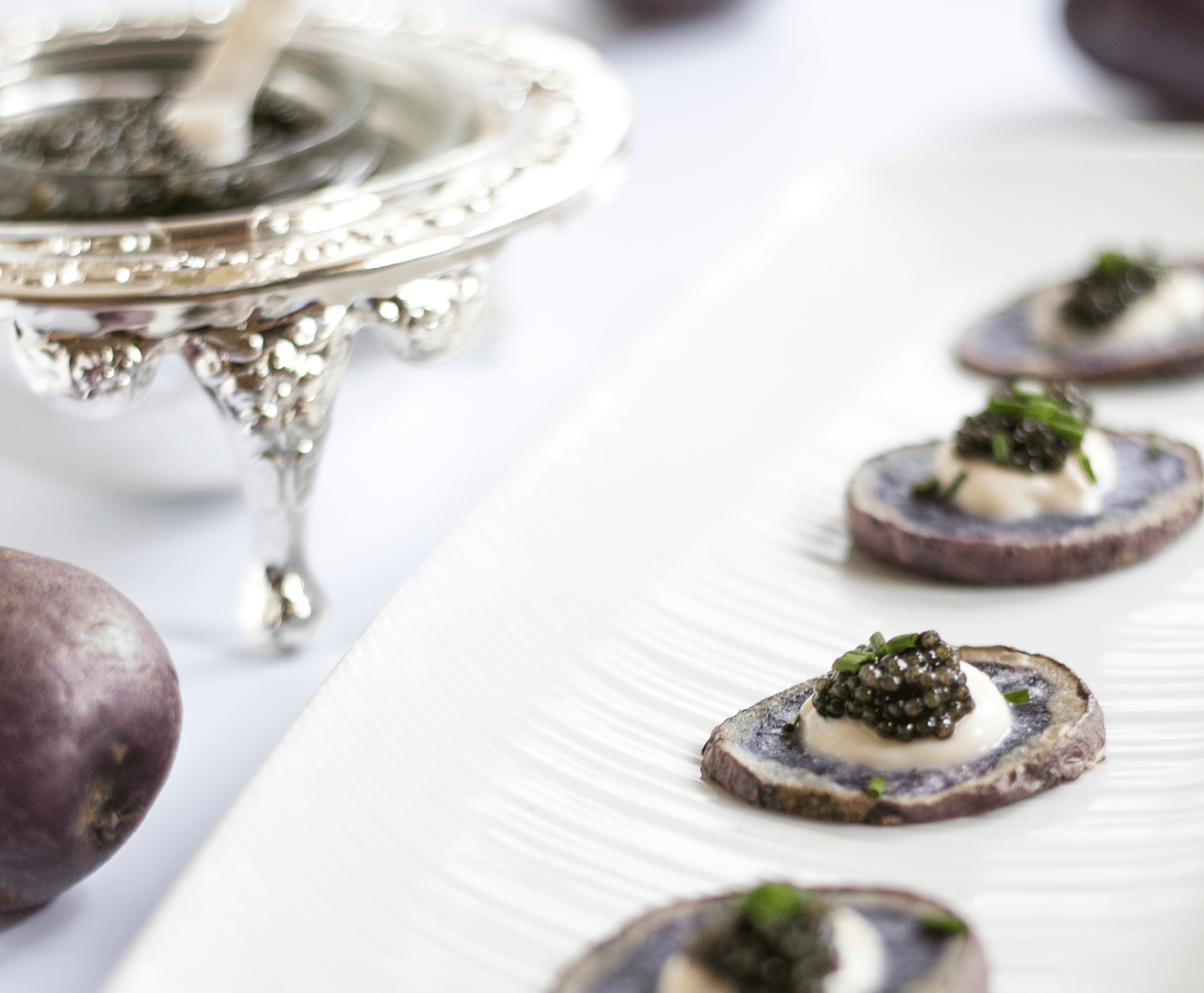What Does Caviar Taste Like?

Describing the taste of caviar is not an easy thing to do. Taste is subjective, so no amount of description can truly explain the flavor, and since no caviar is identical from fish to fish, it gets even more complicated to identify how a specific harvest or variation tastes compared to another. Yet, the more a person tries it, the more they can start understanding the subtle differences between one caviar and another, and deciding which ones are their favorite.

What Does Caviar Taste Like?
When attempting to tell someone what caviar tastes like, "kinda salty and fishy" just doesn't cover it. Some experts claim there are around 15 different flavors you can experience when eating caviar, and the taste is never the same from one roe to the next. This is why it is so difficult to explain caviar's flavor to novice roe eaters. The taste of malossol caviar can be an elusive sensation that is more like what the sea reminds you of than any particularly identifiable flavor all by itself.
The flavors associated with caviar do have common explanations: a breath of the sea, a touch of salt, the delicate flavor of fresh fish, sometimes smooth and nutty, full of sweet brine that pops in your mouth and fills your nose, like good raw oysters but richer. However, any given depiction ends up being underwhelming compared to the experience itself. Some caviar can have a buttery, nutty or creamy notes, along with flavors you might not notice unless you were expecting them. While the complexity of high-end caviar might be lost on someone new to the delicacy, it is important to try an array of the different types to better understand the taste and texture of caviar.
Why Caviar Taste Varies
There are 28 different species of sturgeon, and many more non-sturgeon fish that have their roe made into fine caviar. Each species has its own unique flavor, but even caviar from the same type of fish can taste different based on a number of factors. Here are a few reasons caviar taste may vary:
- Health of the fish
- The age and size of the fish
- Where it lived
- Whether it was farm-raised or wild-caught
- Type of feed and food consumption
- The water quality of its environment
- How the fish’s roe was harvested (when and where)
- How much salt was used in production
- Whether the roe was pasteurized or not
- If the roe was kept fresh or frozen after harvest
- The container in which the roe was packed
- How long the caviar is stored for
++ many other small factors can all affect the taste of caviar in some way.
BELUGA CAVIAR
“What does Beluga caviar taste like?” Even caviar from the same fish can vary depending on several factors, but the best way to explain the taste of Beluga caviar would be with a few, commonly-described characteristics: creamy, with a subtle nutty flavor and a long briny finish. It isn't quite as complex as Osetra or as soft and creamy as Siberian, but always smooth, mild, and delicious (if you're getting good quality, of course). Although these are not all the flavors you may experience while tasting Beluga caviar, you should expect a similar combination.
OSETRA CAVIAR
Since pure Beluga caviar is banned for import, Osetra has taken the place of the most-popular top-teir pure caviar. So "what does Osetra caviar taste like?” -- it has an extremely buttery subtle brine, pleasant hazelnut nuances, and a mild finish. Osetra (aka "ossetra") sturgeon eggs are medium-sized firm grains that vary in color from golden to jade to brown. The lighter golden colors are more rare, therefore more expensive.
KALUGA CAVIAR
Kaluga caviar — known colloquially as “river Beluga” — is particularly similar to Beluga. They both have a creamy, smooth and buttery texture with a firm bursting sensation, making them favorites for many.
STERLET CAVIAR
Sterlet caviar is smaller than Sevruga, appears light to dark grey and is also known for its softer texture and intense buttery flavor. You can also purchase extremely rare ALBINO Sterlet caviar. Only a very small population of sturgeon will be Albino, the rarity making the cost much higher than classic dark sterlet caviar. .
SEVRUGA CAVIAR
Sevruga is a smaller sturgeon than Beluga or Osetra, therefore the egg-size is smaller. The colors range from light gray to black and offers a buttery taste strong taste, more earthy elements flavors than other species. Many customers who prefer Sevruga enjoy a punch of flavor, reminiscent of the wild Caspian Sea caviars.
Try The Taste For Yourself!
So, when somebody asks “how does caviar taste”, it can be difficult to give an exact answer. The best rule of thumb is it should be creamy, briny, it should never be overpoweringly "fishy". But for an easy answer to a not so easy question, caviar has a wide range of flavors that are not easily described, even by experts. Only through trying it more and more can we start identifying different factors, both natural and man-made, that affect caviar taste.
We invite you to try a variety of species and grades side-by-side to try for yourself. Get a group of caviar-loving friends together and have a caviar tasting!
SHOP THE WORLD'S BEST CAVIAR HERE



 (888) 268-8780
(888) 268-8780